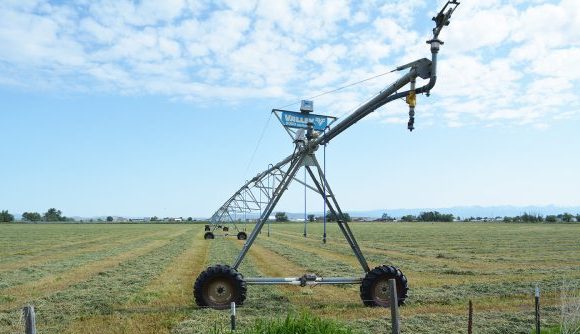Our view: Opioid overdose deaths and Measure 110
Published 5:30 am Wednesday, October 12, 2022
In 2019, Oregon had 280 unintentional opioid overdose deaths. In 2020, it had 472.
In 2021, it was 745.
The numbers for 2022 are still coming in. We all have to hope that the trend does not continue.
The federal government is trying to help, sending $23 million our way, as The Oregon Capital Chronicle reported. The money can go to prevention and treatment for both opioid and methamphetamine use. It can go to help people build a new addiction-free life, including housing. The money can be spent on naloxone to reduce overdoses.
The money can also go to law enforcement.
But after the passage of Ballot Measure 110 in Oregon, most charges of possession of a controlled substance do not lead to jail time, supervision or other criminal penalties. There can only be a fine. And many people just fail to appear in court.
The increase in opioid deaths is attributed mostly to an increase in opioid pills laced with the potent drug fentanyl. The money invested in treatment by Measure 110 has undoubtedly helped the state provide more treatment to more people. But has the reduction in penalties for drug possession also contributed to the increase in opioid deaths?









